FDA/NIH Task Force Issues Report
Task Force, chaired by Marion Finkel, MD of FDA, issues report on need to address lack of treatments for diseases affecting small patient populations.
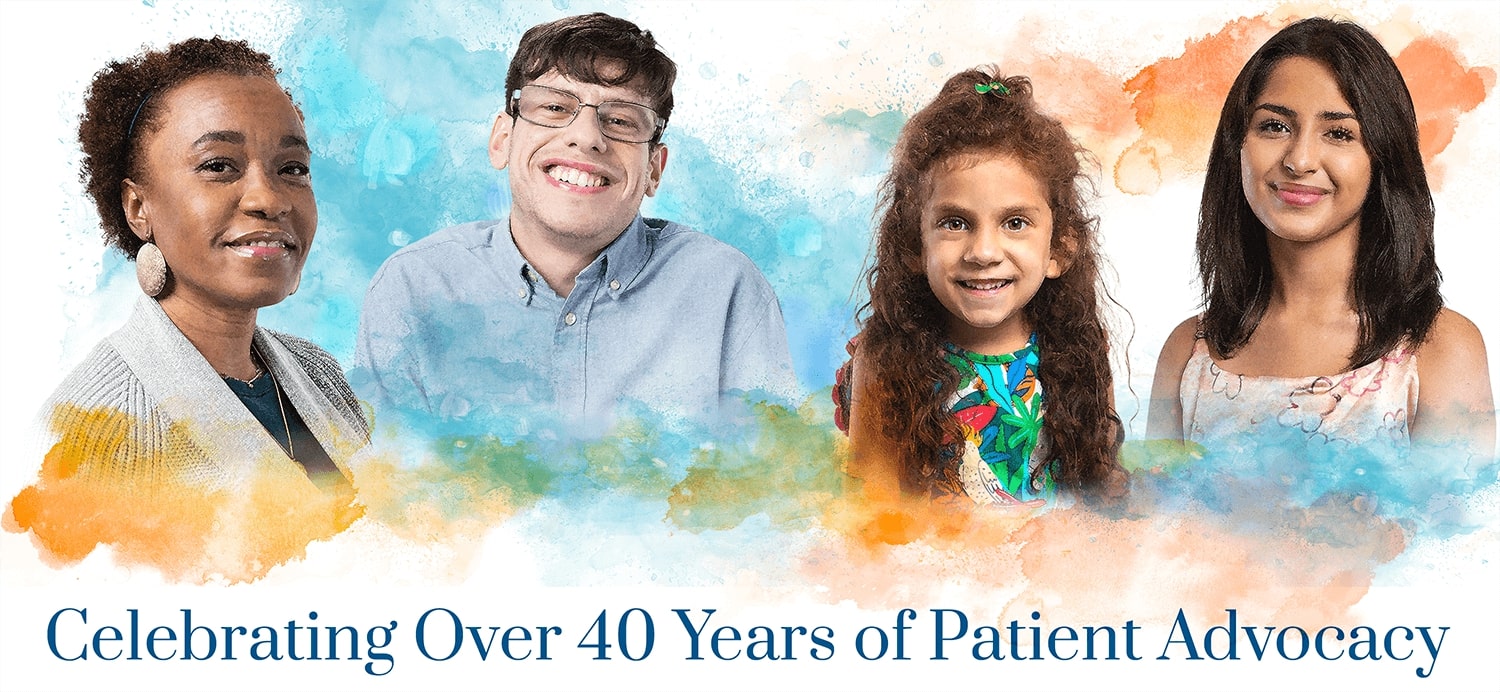

In the late 1970s, Abbey S. Meyers was a working mom from Connecticut on a mission to find treatments for her son with Tourette’s syndrome. She assumed she wasn’t the only parent waging such a battle for their child, and she was right. She ended up becoming the mother of a movement.
Abbey formed the coalition of patient advocates who championed the enactment of the Orphan Drug Act in 1983, the world’s first law incentivizing drug development for rare diseases. Before the Orphan Drug Act, there were fewer than 40 drugs developed to treat rare diseases; today, more than 600 treatments have been approved by the FDA.
Later that same year, on May 4, 1983, this coalition of patients and caregivers established the National Organization for Rare Disorders (NORD) to act as a unified voice representing all Americans with rare diseases, with Abbey as its first President and CEO. It was the first national nonprofit dedicated to rare disease advocacy.
This is the foundation upon which we continue our work for the more than 25 million Americans with living rare diseases today. Explore the milestones that have transformed rare disease patient care, research, and policy below – and celebrate that you, too, are part of this story.
Scroll to explore NORD’s 40-year history and major milestones that shaped the rare disease community:
Task Force, chaired by Marion Finkel, MD of FDA, issues report on need to address lack of treatments for diseases affecting small patient populations.
Leaders of rare disease patient organizations form ad hoc coalition to advocate for orphan drug legislation.
House Subcommittee on Health and the Environment, chaired by Rep. Henry Waxman, holds hearings on the “orphan drug problem.”
Actor Jack Klugman assists the patient advocates in focusing national attention on the problem with an episode of the TV show, Quincy, M.E.
Only 10 new drugs were developed by the pharmaceutical industry for rare diseases in the decade before 1983.
The Orphan Drug Act is signed by President Reagan after being approved by the House and Senate in December 1982.
FDA grants first marketing approval to an orphan drug for acute intermittent porphyria and other acute porphyrias.
The ad hoc coalition of patient advocates launches NORD to continue their collaboration and Abbey Meyers is named president.
The Orphan Drug Act is amended to define “rare” and the diseases that would qualify for orphan designation.
NORD begins developing its Rare Disease Database, still widely used today, to provide expert-reviewed information in patient-friendly language.
NORD launches its first patient assistance program to help patients access the care their physicians feel they should have.
The National Commission on Orphan Diseases, chaired by NORD Medical Advisor Jess Thoene, MD, conducts major study of patient/family experience.
NORD launches Research Program to provide grants for study of rare diseases with little or no other funding.
European Union adopts rare disease legislation and NORD shares its experiences with patient leaders in Europe.
NIH launches a website (www.clinicaltrials.gov) to provide a central source of information on clinical trials.
Senators Ted Kennedy and Orrin Hatch introduce the Rare Diseases Act, advocated by NORD, to advance rare disease research and development.
Rare Diseases Act is enacted, codifying NIH Office of Rare Diseases Research and establishing NIH Rare Diseases Clinical Research Network.
With Lippincott, Williams & Wilkins, NORD publishes The NORD Guide to Rare Disorders, with entries by 600+ leading medical experts.
The first meeting of ICORD takes place in Stockholm, with representatives of NIH, FDA, and NORD participating from the US.
NIH launches Rare Diseases Clinical Research Network with funding made possible by the Rare Diseases Act of 2002.
FDA and its counterpart in Europe, the European Medicines Agency, adopt a shared orphan designation application.
NORD President Abbey Meyers retires after leading the organization for 25 years and is succeeded by Peter L. Saltonstall.
NIH launches a program for undiagnosed patients and NORD later establishes a program to pay for diagnostic testing for applicants.
Social Security Commissioner Michael Astrue announces the “Compassionate Allowances Program” at a NORD patient/ family conference.
NORD and EURORDIS (Rare Diseases Europe) form a strategic partnership to collaborate in shared initiatives.
Through its partnership with EURORDIS, NORD introduces Rare Disease Day in the US.
NORD successfully advocates for a new FDA position, Associate Director for Rare Diseases, in the CDER Office of New Drugs.
FDA establishes one-day workshops for orphan designation applicants and NORD promotes awareness and participation.
NORD hosts a conference on challenges patients encounter in access to medical foods and formulas.
The
NORD releases major new report written by board member Frank Sasinowski on flexibility in review of orphan drugs.
NORD and DIA co-sponsor the first US Conference on Rare Diseases and Orphan Products, later to become the annual NORD Summit.
NORD hosts the first-ever forum at which rare disease patient leaders sit down one-on-one with the FDA Commissioner.
The FDA Safety & Innovation Act is enacted with many key provisions for the rare disease community.
NORD establishes a new platform for patient registries and natural history studies to advance knowledge, encourage research and support data-sharing.
NORD establishes the Rare Action Network to connect individuals within states which results in the engagement of more than 18,000 advocates nationwide.
NORD joins EURORDIS and other patient organizations around the world in this initiative to coordinate advocacy on a global level.
NORD establishes a free membership for students that results in a network of clubs and chapters.
The State Report Card is launched to measure effectiveness in key areas such as newborn screening across the country.
The first Rare Disease Advisory Council is established in North Carolina to advise state officials on topics related to rare diseases.
NORD and FDA enter a cooperative agreement for natural history studies to be developed on NORD’s registry platform.
NORD’s Rare Cancer Coalition is launched to unite advocacy organizations serving those affected by rare cancers.
In partnership with PlatformQ, an online CME provider, NORD launches a Continuing Medical Education program.
FDA Commissioner Scott Gottlieb MD announces an MOU with NORD to co-host Listening Sessions for FDA staff and rare patients/caregivers.
NORD and the Rare Cancer Coalition establish and promote first Rare Cancer Day.
NORD hosts first “Living Rare, Living Stronger Family Forum” to continue its tradition of patient/family conferences.
NORD joins FDA & C-Path in the Rare Disease Cures Accelerator-Data and Analytics Platform (RDCA-DAP) to encourage data collection, analysis and sharing.
NORD establishes first-of-its-kind Caregiver Respite Program to support needs of rare caregivers.
In partnership with Osmosis, a leading provider of video medical education, NORD launches Rare Disease Video Library.
Through two programs, one for patients and one for patient organizations, NORD provides financial assistance in coping with COVID-19.
NORD releases a major report, “Barriers to Rare Disease Diagnosis, Care and Treatment in the US: A Comparative Analysis.”
NORD web traffic hits record high – 2 million visits a month – and most visitors go first to the Rare Disease Database.
NORD joins NIH and other partners in the Bespoke Gene Therapy Consortium to advance development of gene therapies.
To encourage collaboration, improve patient care and advance research, NORD establishes a network of centers of excellence.
NORD and Rare Disease Diversity Coalition conduct national survey of underrepresented rare disease patients and caregivers.
NORD announces its 50th student chapter in its program for students at universities and medical schools.
Pamela Gavin named NORD’s new CEO, following Peter L. Saltonstall’s retirement.
Volunteer with NORD or attend an in-person or virtual event this year. From raising awareness to advocating for state and federal policies, there are options for everyone – including organizations seeking to become members.
Get InvolvedJoin the individuals and families in the NORD community who have contributed their personal accounts of living with rare diseases. Help us shine a light on rare diseases by voicing your journey for others. Alone we are rare. Together we are strong!
Share StoryYou can support the rare disease community by starting a fundraiser to support NORD or by making your own gift today. All support helps improve the quality of life and access to education and care for our rare disease community members.
Donate TodayForty years of patient advocacy has taught us that not only is our collective voice influential, every person in the rare community has the ability to shape the future and make a lasting impact.
As NORD continues our mission to improve the lives of millions living with a rare disease, we are asking YOU – our community members, partners and colleagues, to help us better understand what would make a difference in your rare journey. Share your story, your successes, and help us define what everyday progress means to you.
Click here to add your message to the wall.
Hover and click below to read our community members’ submissions!
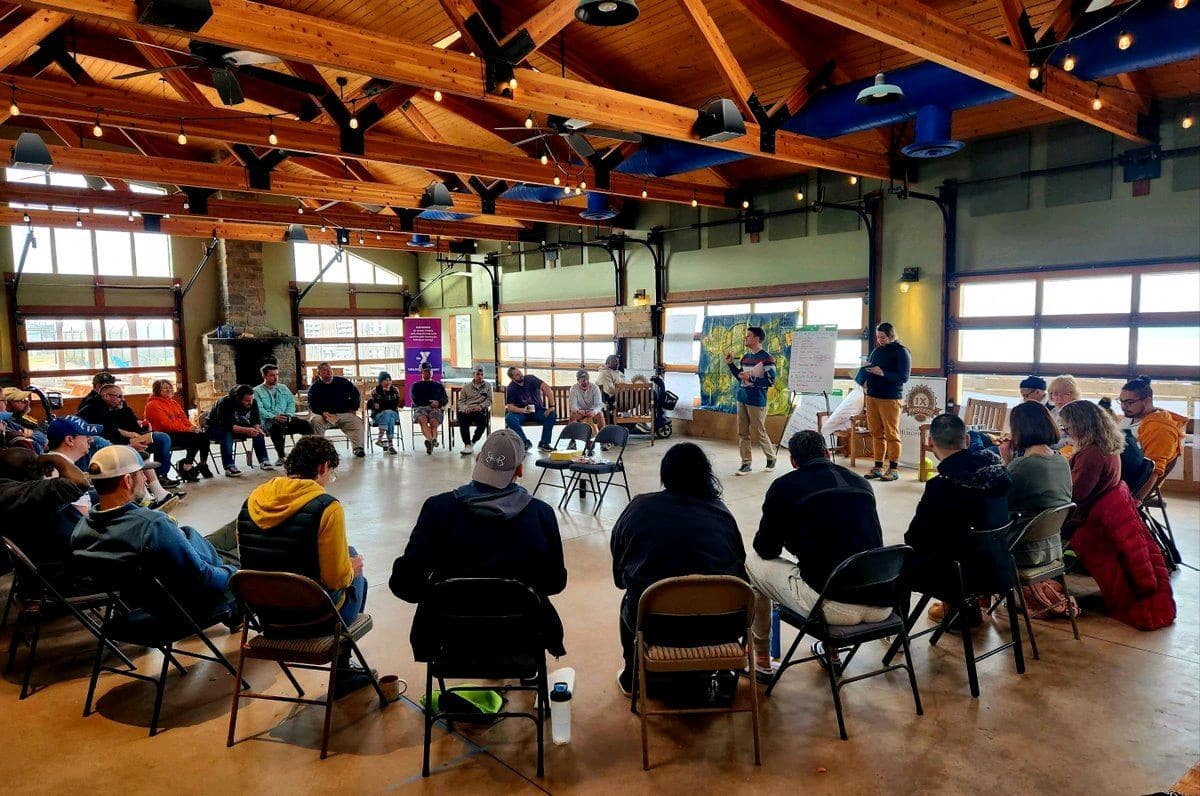
More access to treatment and resources for patients who are new to the community and...
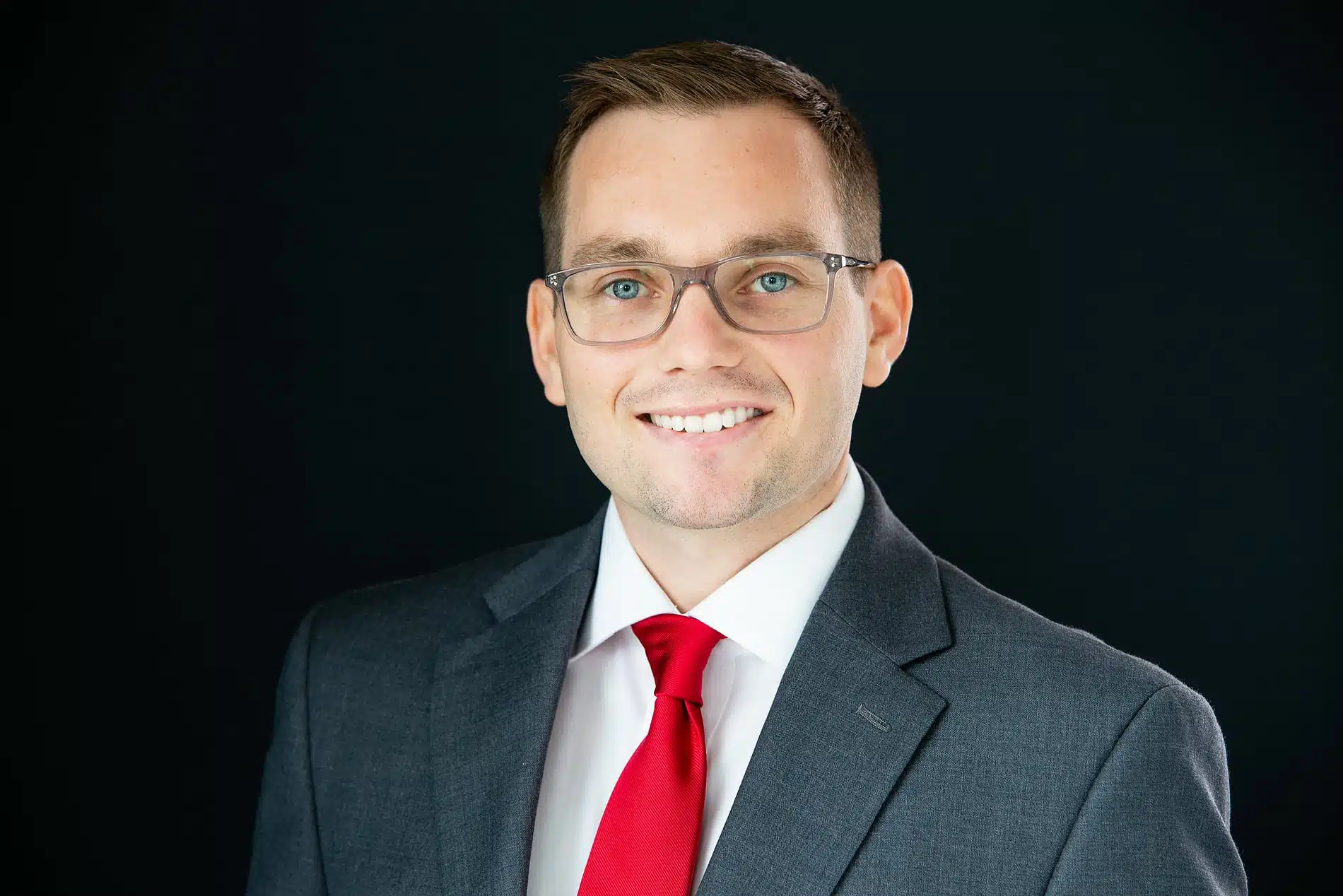
I’d rather focus on the rare disease community than focus on my own rare condition...
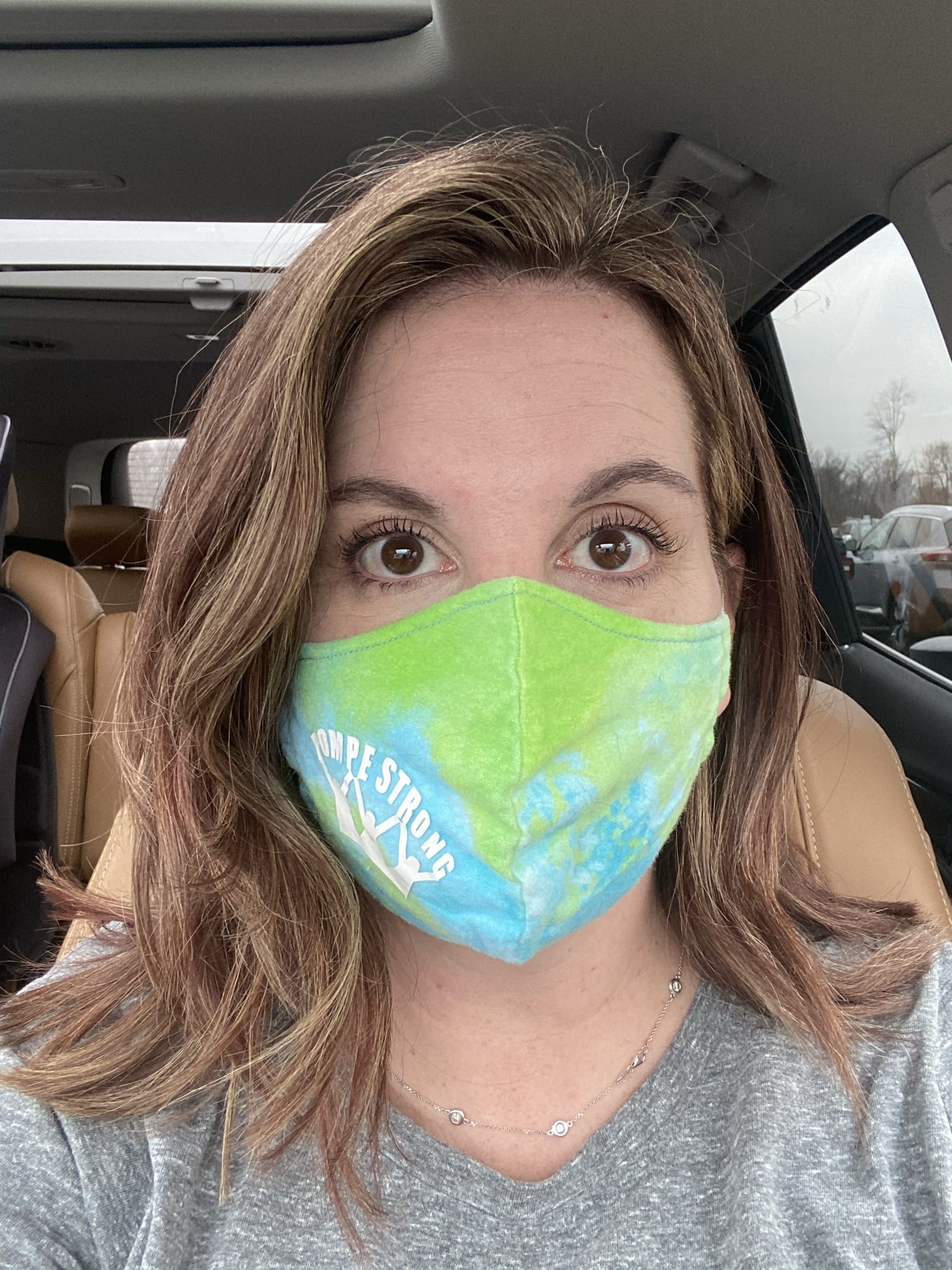
I was diagnosed with Pompe Disease in February 2021. I’ve probably been symptomatic for about...

For physicians to be educated on scleroderma. We are not lazy, crazy, seeking attention! We...

I envision a future where people with rare muscle disorders like titinopathy (caused by disease-causing...

I am an advocate for legislation pertaining to rare diseases and the parent of Juju,...
I would like more attention called to West Nile virus and the rarest manifestation, meningoencephalitis.
Mask mandates in all medical settings would make an enormous difference to immunosuppressed patients.
The price of rare disease drugs is extremely high. How do we fix this problem?
Hopefully government and private sources will soon have designated funds to help cure Rare Diseases.
I would like to see a change in how our Social Security Administration evaluates disability.
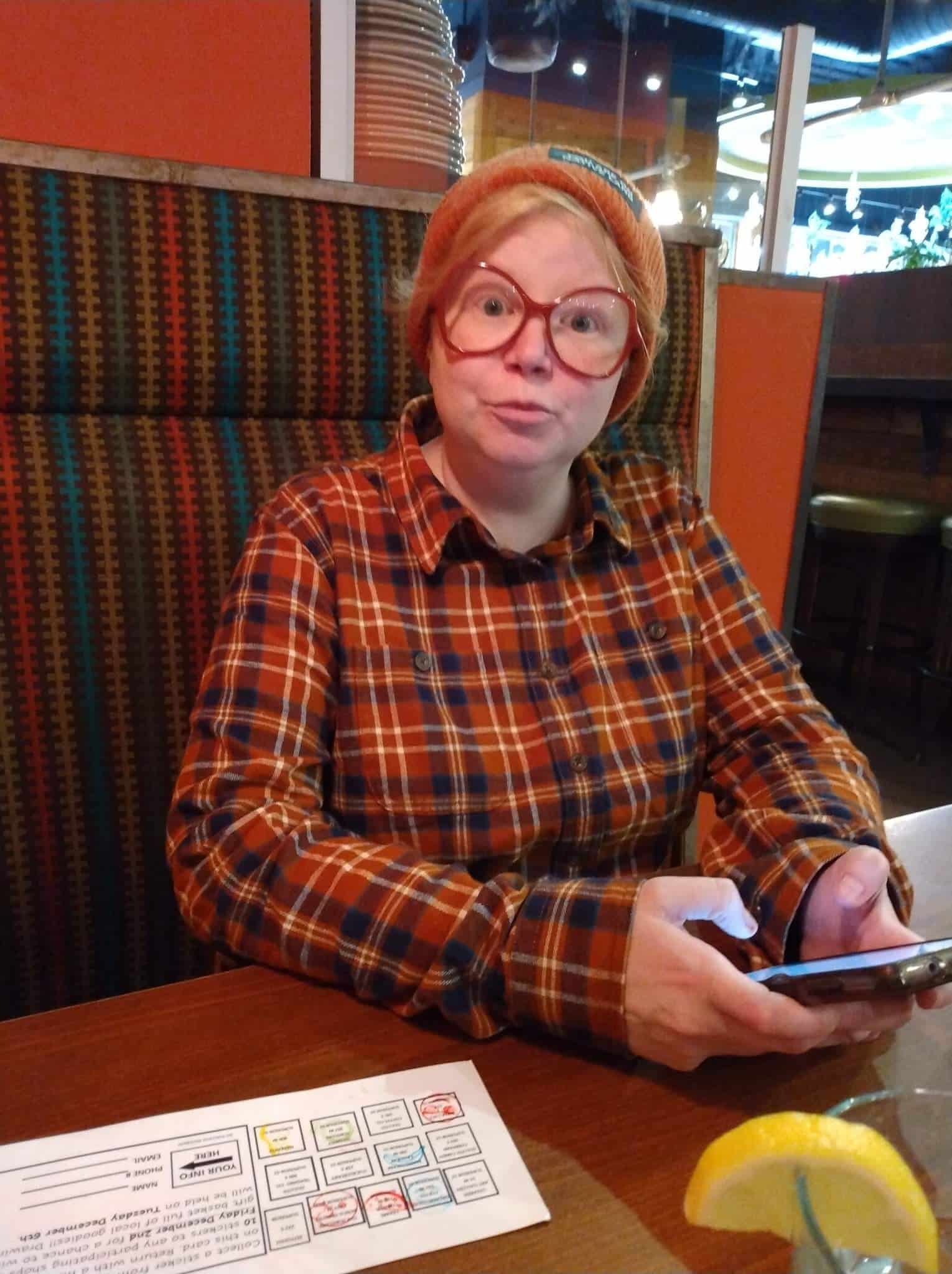
A big difference to me would be more assistance in occupation as an adult living...
Rare disease research should be a relay race where we're all carrying the same baton.

I would love to see if there could be another clinical trial done for my...
Education of the medical community about Orthostatic Tremor, including primary care physicians and neurologists.
Streamline the diagnostic odyssey by improving awareness of rare diseases among the medical community.
I want more robust incentives for companies developing rare disease drugs, especially for ultra-rare diseases.
I have Susac Syndrome. We need research, as not one organization is doing it.
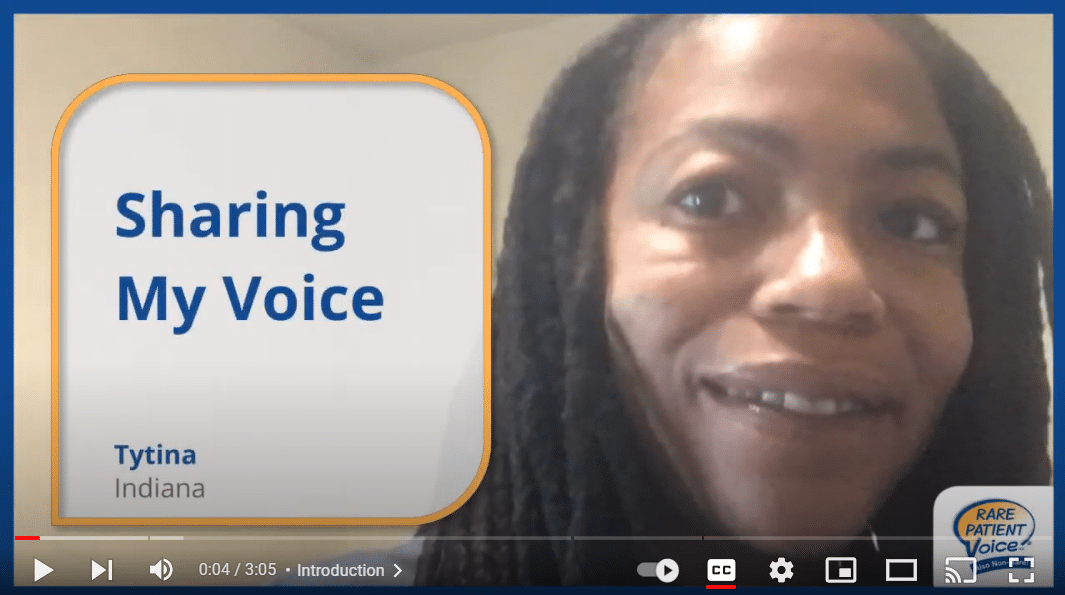
Access to care and treatment for specific health challenges. Easier access to prescription medication. Perhaps...
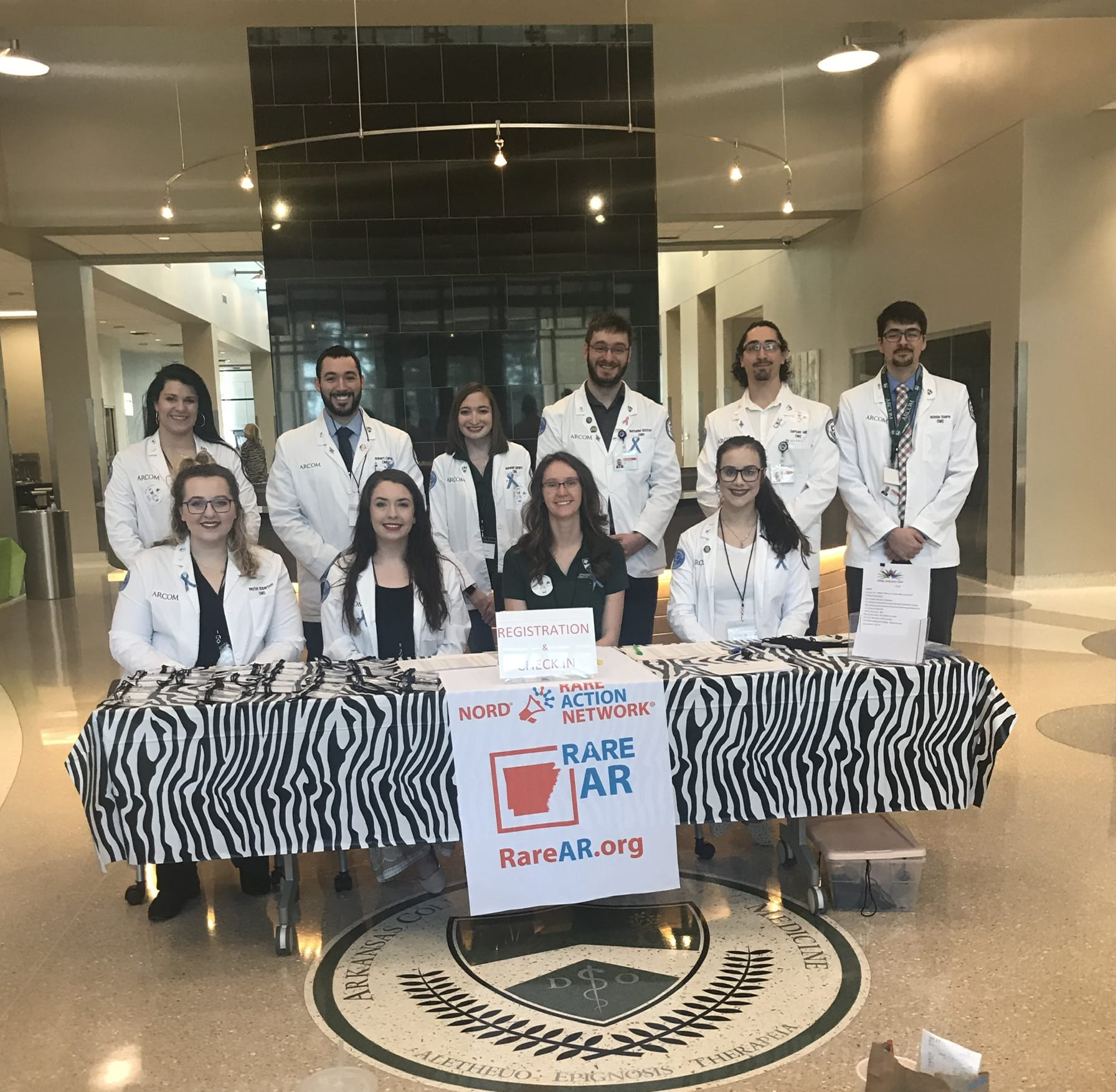
My vision is to make connections with Rare Patients, one way I believe I can...
Expand Newborn Screening (including rare epilepsies) and establish Rare Disease Advisory Councils in every state.
I hope to tell more patients that there is a treatment and there is hope.
It would be wonderful if there was more focus on Rare Diseases for medical students.
I would reimagine a healthcare system that could help treat my illnesses and actually listen.
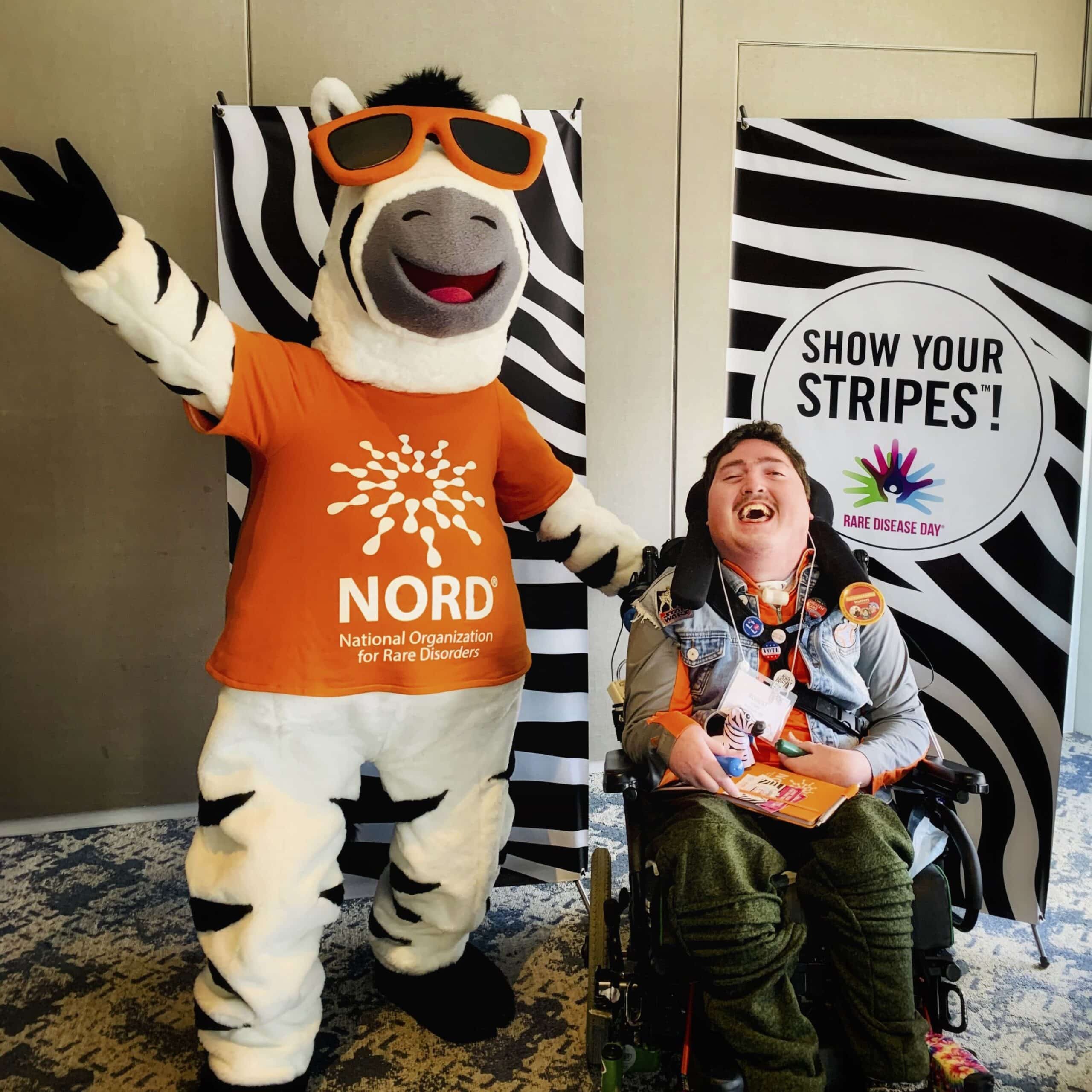
I am hopeful that Maryland, my state, will establish a Rare Disease Advisory Council this...
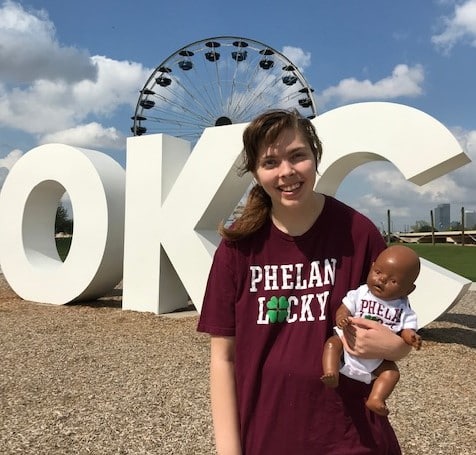
If there’s a way for more families with the same genetic results to submit to...

My passion and my plea is for mental health care to be looked at seriously...
Alone We Are Rare. Together We Are Strong.®